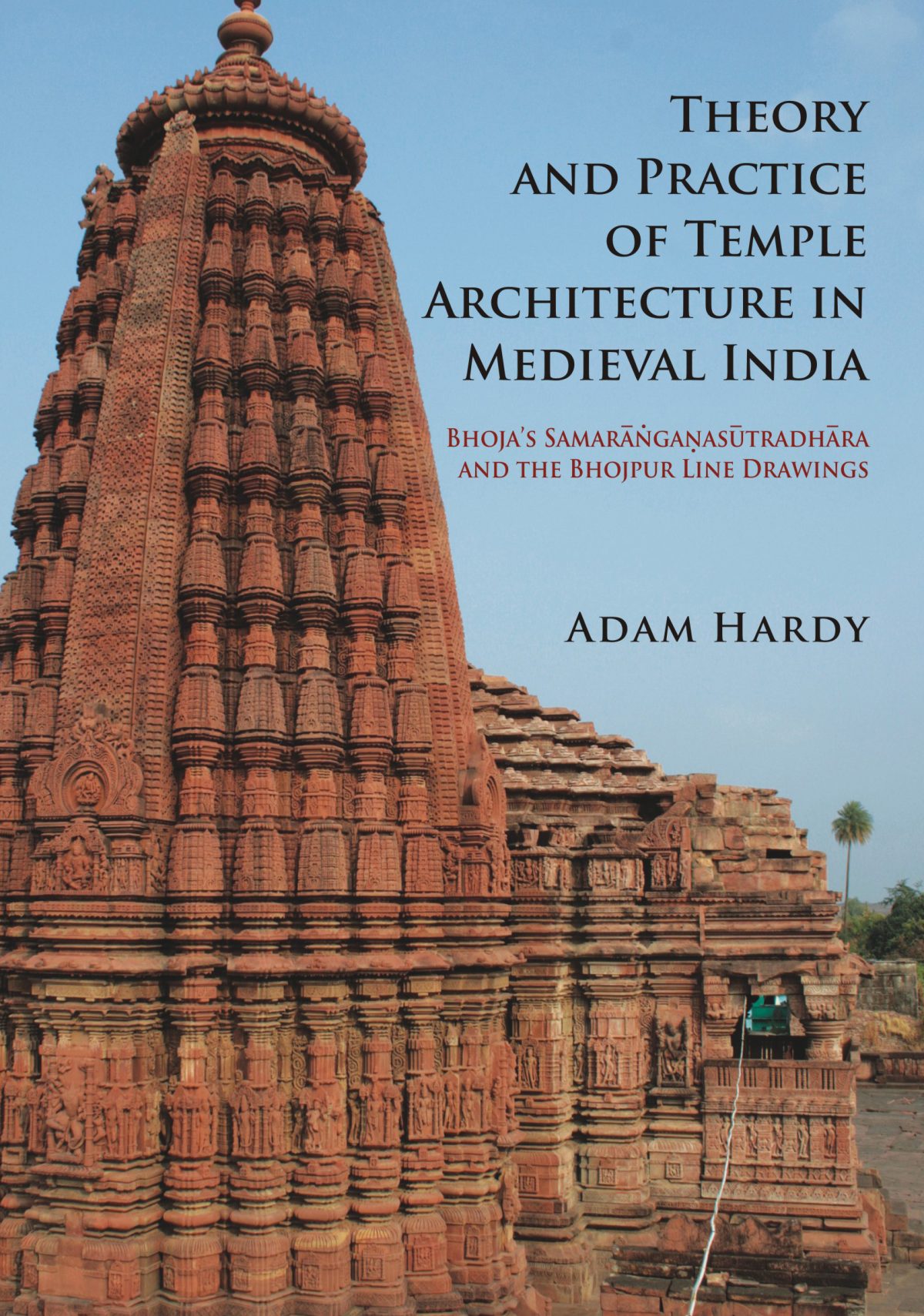Theory and Practice of Temple Architecture in Medieval India: Bhoja’s Samaranganasutradhara and The Bhojpur Line Drawings
About the Book
- Author: Adam Hardy; with translations from the Sanskrit by Mattia Salvini
- Publisher: Dev Publishers & Distributors
- Edition: First
- Year: 2015
- Dimension: 22 x 31 cm
- No. of Pages: 307
- Weight: 1560 gm
- ISBN: 9789381406410
- Binding: Hardcover
- Territory: World
- Price: ₹ 3500
About the Author
Adam Hardy, an architect, is Professor of Asian Architecture at The Welsh School of Architecture, Cardiff University. He has been studying Indian temples for more than thirty years, and his publications on the subject include Indian Temple Architecture: Form and Trans-formation (IGNCA, 1995) and The Temple Architecture of India (Wiley, 2007).Since 1999 he has been Editor of the journal South Asian Studies. He is currently working on two projects which, like the study for this book but in different ways,re-create traditional temples. One is a conservation study for the World Monuments Fund at Ashapuri, Madhya Pradesh, involving the recovery of lost temple designs from thousands of stone fragments; the other is the design of a new temple in Hoysa a style near Bangalore, aiming to unfold the inherent potential of that tradition.
Mattia Salvini, Sanskritist and Buddhologist, is Visiting Professor to the International PhD Programme in Buddhist Studies, Mahidol University (Thailand). His extensive work on the Samar ngana-s tradhara began, in collaboration with Adam Hardy, when he was a research scholar at the School of Oriental and African Studies, London. His main publication on the subject is The Samar nganas tradh ra: Themes and Context for the Science of V stu (JRAS, 2012), an overview of the universe of Bhoja s text.


